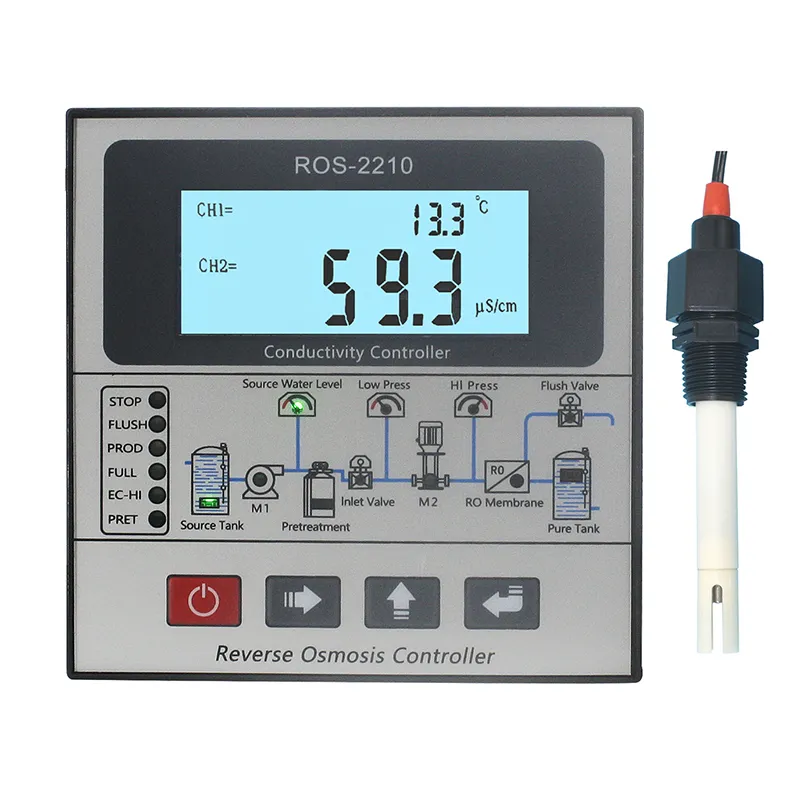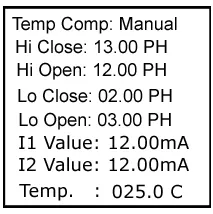

Pressure Sensor High Accuracy 4-20mA Output
Pressure Sensor High Accuracy 4-20mA Output
Discover Why Industry Leaders Trust Our 4-20mA Technology to Slash Maintenance Costs by 45%
Can you afford measurement errors in your critical systems?
62% of industrial operators report pressure sensor
failures cause unexpected downtime. Production losses average $22,000/hour.
Faulty readings create safety risks in pipelines and HVAC systems. Don't gamble with inferior measurement tools.

(pressure sensor)
Game-Changing Technical Advantages
Why settle for basic pressure sensors when you can have intelligent 4-20mA transmitters? Our differential pressure sensors deliver:
Superior Accuracy
±0.1% full scale precision outperforms standard ±0.5% sensors. Measure tiny pressure differentials with confidence.
4-20mA Reliability
Signal integrity over long distances. No signal degradation in electrically noisy industrial environments.
Extreme Durability
316L stainless steel housing. IP68 protection. Withstands 150°C operating temperatures and harsh chemicals.
Pressure Transmitter Comparison
Don't get trapped with generic solutions. See how we outperform competitors:
| Feature | Standard Sensors | Premium Competitors | Our 4-20mA Transmitters |
|---|---|---|---|
| Calibration Stability | 3-6 months | 12 months | 24+ months |
| Overpressure Protection | 2x rated pressure | 3x rated pressure | 5x rated pressure |
| Output Options | 0-5V only | Analog + basic digital | 4-20mA HART® with diagnostics |
| Mean Time Between Failure | 3.7 years | 6.1 years | 10.2 years |
Custom Solutions For Your Industry
Our pressure transmitters adapt to your exact needs. Tell us your challenge:
Oil & Gas
ATEX-certified sensors for explosive environments. Remote monitoring via HART® protocol.
Pharmaceutical
Sanitary fittings. CIP/SIP compatibility. 3A-certified cleanroom versions.
Water Treatment
Submersible options with anti-fouling membranes. Chlorine-resistant materials.
Real-World Success Stories
Chemical Plant Optimization
Client challenge: Reactor pressure fluctuations causing batch failures.
Our solution: Differential pressure sensor array with 4-20mA HART® output.
Results: 32% yield increase. Payback in 3 months.
HVAC Energy Savings
Client challenge: Building pressure imbalances increasing energy costs.
Our solution: Wireless differential pressure transmitters.
Results: 27% energy reduction. $48,000 annual savings.
Ready for Pressure-Perfect Performance?
Join 500+ industrial facilities using our precision differential pressure sensors since 2010. Why wait?
Precision Instruments LLC • ISO 9001:2015 Certified • 36-Month Warranty
"Your accuracy revolution starts with one sensor"

(pressure sensor)
FAQS on pressure sensor
Q: What is a pressure sensor and how does it work?
A: A pressure sensor detects force applied to its surface and converts it into an electrical signal. It uses internal components like diaphragms or piezoresistive elements to measure changes. This output helps monitor pressure levels in systems like HVAC or industrial machinery.
Q: Why use a 4-20mA signal in differential pressure sensors?
A: Differential pressure sensors with 4-20mA outputs provide noise-resistant long-distance signal transmission. The 4mA "live zero" indicates sensor health at minimum pressure, while 20mA represents maximum range. This standardized current loop ensures reliable industrial process monitoring.
Q: How does a 4-20 pressure transmitter differ from basic pressure sensors?
A: A 4-20 pressure transmitter integrates signal conditioning to output a standardized 4-20mA current signal proportional to pressure. Unlike raw sensors, it includes amplification and calibration circuits for industrial compatibility. This allows direct connection to PLCs and control systems without additional converters.
Q: What advantages do 4-20mA pressure transmitters offer for industrial use?
A: They provide excellent signal integrity over long cable runs with inherent noise immunity. The current loop is intrinsically safe for hazardous environments and draws less than 4mA during faults. Minimal signal degradation simplifies installation in plants and refineries.
Q: When should I choose a differential pressure sensor over standard types?
A: Select differential pressure sensors when measuring pressure differences between two points, like filter monitoring or flow applications. Their dual-port design detects ∆P across membranes for critical processes. 4-20mA versions are ideal for integrating with industrial control systems requiring differential readings.
Related Products
Related News



2025-05-22 16:46:14
Turbidity Test Fixtures: Advanced and Reliable Quality Assurance ToolsTurbidity, as an important indicator for measuring liquid transparency, is widely used in environmental monitoring, food and beverage production, pharmaceutical industry, and other fields.

2025-05-22 16:43:21
Total Dissolved Solids: Importance in Irrigation, Industrial Processes, and ApplicationsTotal Dissolved Solids refers to the total content of various inorganic salts and organic matter dissolved in water, and is one of the important indicators for measuring water quality.

2025-05-22 16:40:50
Ro System Controller: Central nervous system in water purification systemsReverse osmosis system, as an efficient water purification technology, has been widely used in industrial, commercial, and household fields.

2025-05-22 16:37:43
Residual Chlorine Meter: A Key Guarantee for Ensuring Water Quality SafetyResidual chlorine, as an important indicator in the process of water disinfection, directly affects the safety and hygiene of drinking water and various industrial water.

2025-05-22 16:34:43
PH oORP Controller: A Key Instrument for Water Quality Monitoring and RegulationWater quality is an important indicator for measuring environmental health and industrial production.

2025-05-22 16:31:55
Dissolved Oxygen Meter: A Key Tool for Accurately Measuring Dissolved Oxygen Levels in Aquatic EnvironmentsDissolved oxygen is one of the important indicators for measuring water quality.

2025-04-21 18:03:53
Understanding Turbidity Meter Types: Which One Is Right for Your Application?Monitoring turbidity—an indicator of water clarity—is vital for applications ranging from drinking water treatment to environmental monitoring.

2025-04-21 18:01:21
Understanding Total Dissolved SolidsWater may look clear, but that doesn’t mean it's pure. Hidden within every glass can be a range of minerals, salts, metals, and organic substances collectively known as total dissolved solids.












